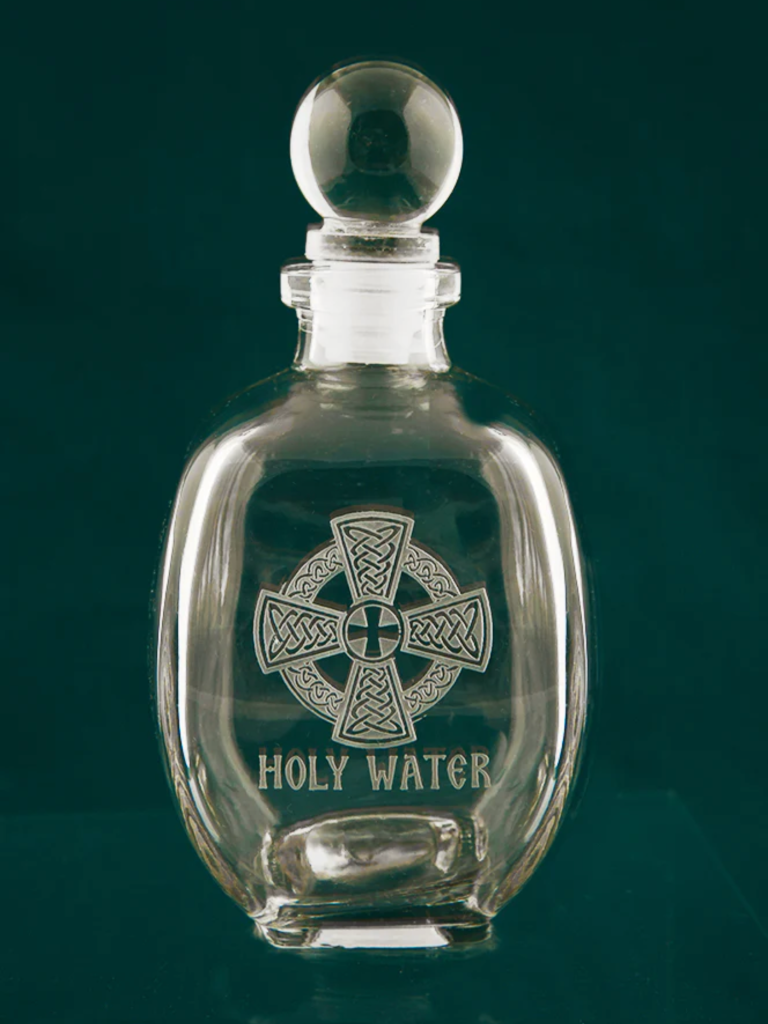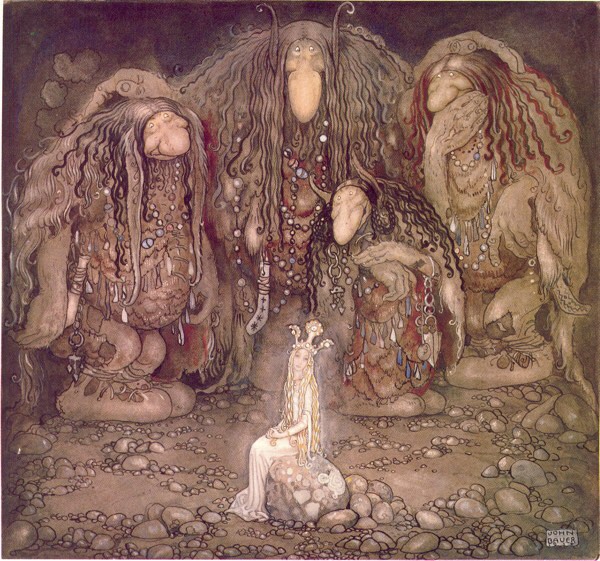The god of light, joy, purity, beauty, innocence, and reconciliation. Son of Odin and Frigg, he was loved by both gods and men and was considered to be the best of the gods. He had a good character, was friendly, wise and eloquent, although he had little power. His wife was Nanna daughter of Nep, and their son was Forseti, the god of justice. Balder’s hall was Breidablik (“broad splendor”).
Most of the stories about Balder concern his death. He had been dreaming about his death, so Frigg extracted an oath from every creature, object and force in nature (snakes, metals, diseases, poisons, fire, etc.) that they would never harm Balder. All agreed that none of their kind would ever hurt or assist in hurting Balder. Thinking him invincible, the gods enjoyed themselves thereafter by using Balder as a target for knife-throwing and archery.
The malicious trickster, Loki, was jealous of Balder. He changed his appearance and asked Frigg if there was absolutely nothing that could harm the god of light. Frigg, suspecting nothing, answered that there was just one thing: a small tree in the west that was called mistletoe. She had thought it was too small to ask for an oath. Loki immediately left for the west and returned with the mistletoe. He tricked Balder’s blind twin brother Hod into throwing a mistletoe fig (dart) at Balder. Not knowing what he did, Hod threw the fig, guided by Loki’s aim. Pierced through the heart, Balder fell dead.
While the gods were lamenting Balder’s death, Odin sent his other son Hermod to Hel, the goddess of death, to plead for Balder’s return. Hel agreed to send Balder back to the land of the living on one condition: everything in the world, dead or alive, must weep for him. And everything wept, except for Loki, who had disguised himself as the witch Thokk. And so Balder had to remain in the underworld.
The others took the dead god, dressed him in crimson cloth, and placed him on a funeral pyre aboard his ship Ringhorn, which passed for the largest in the world. Beside him they lay the body of his wife Nanna, who had died of a broken heart. Balder’s horse and his treasures were also placed on the ship. The pyre was set on fire and the ship was sent to sea by the giantess Hyrrokin.
Loki did not escape punishment for his crime and Hod was put to death by Vali, son of Odin and Rind. Vali had been born for just that purpose. After the final conflict (Ragnarok), when a new world arises from its ashes, both Balder and Hod will be reborn.










